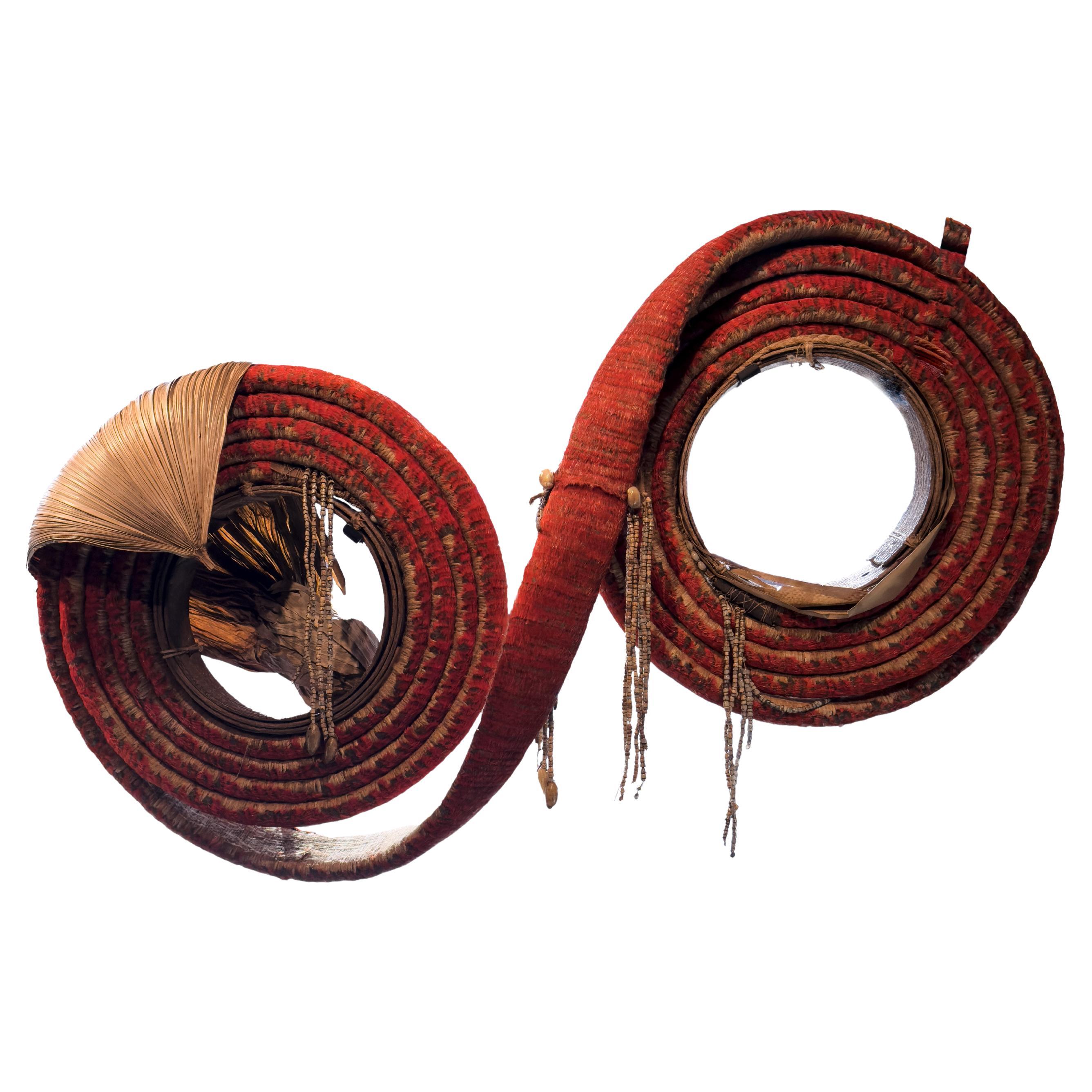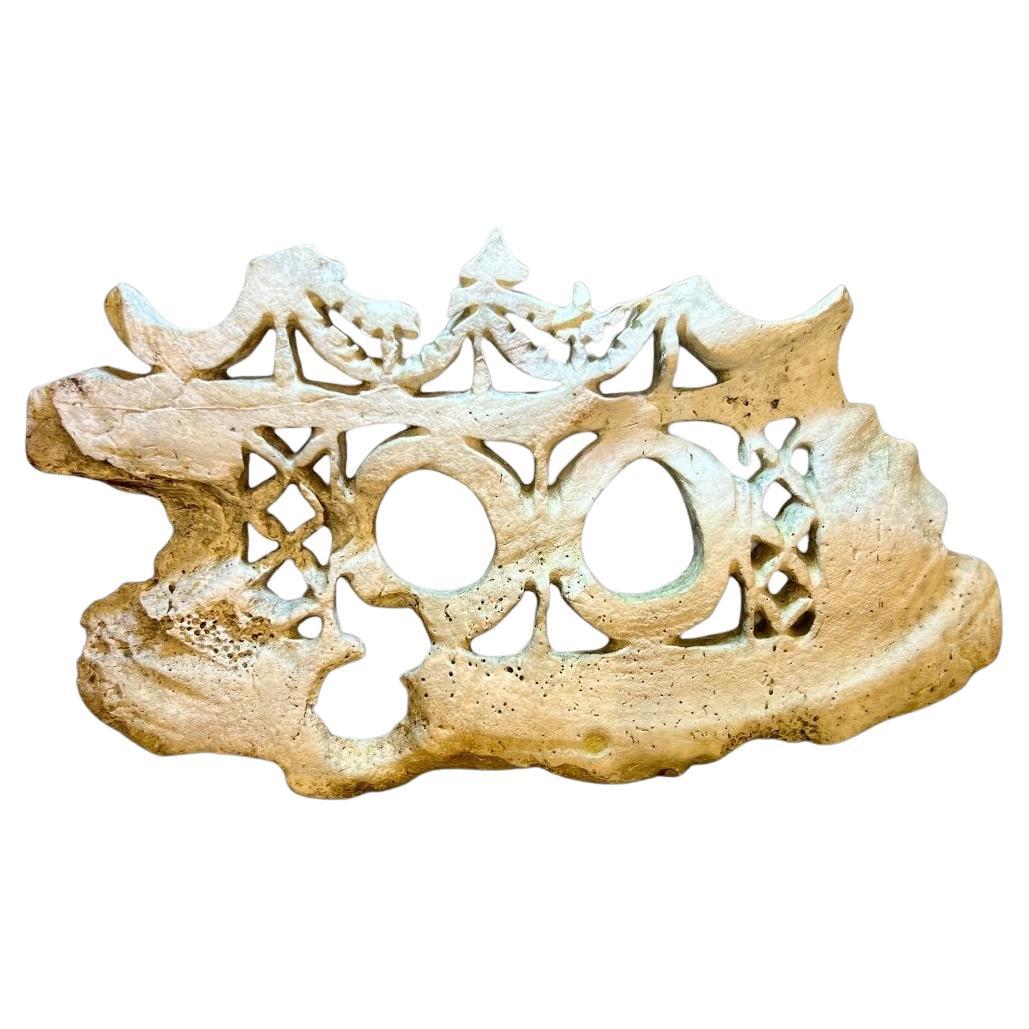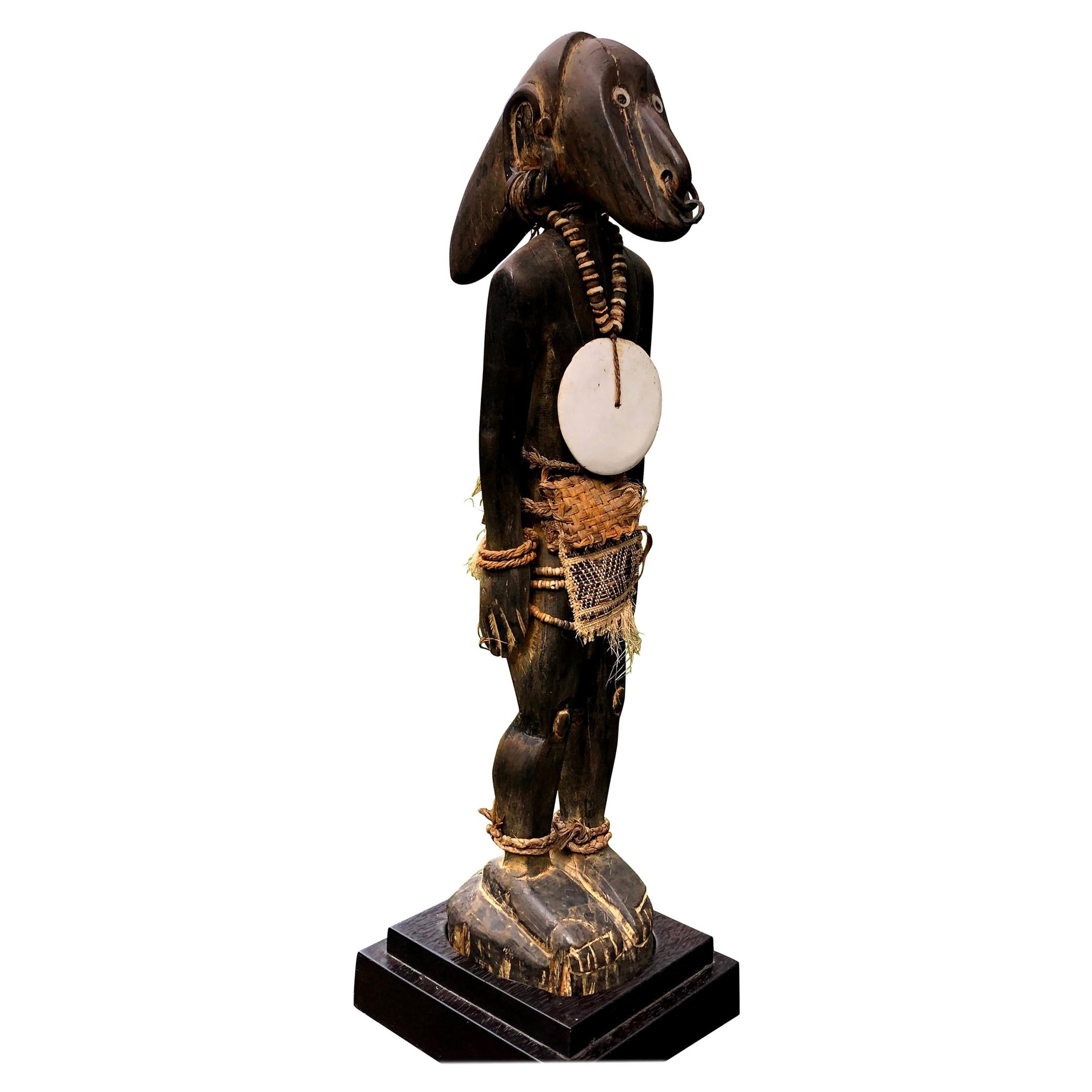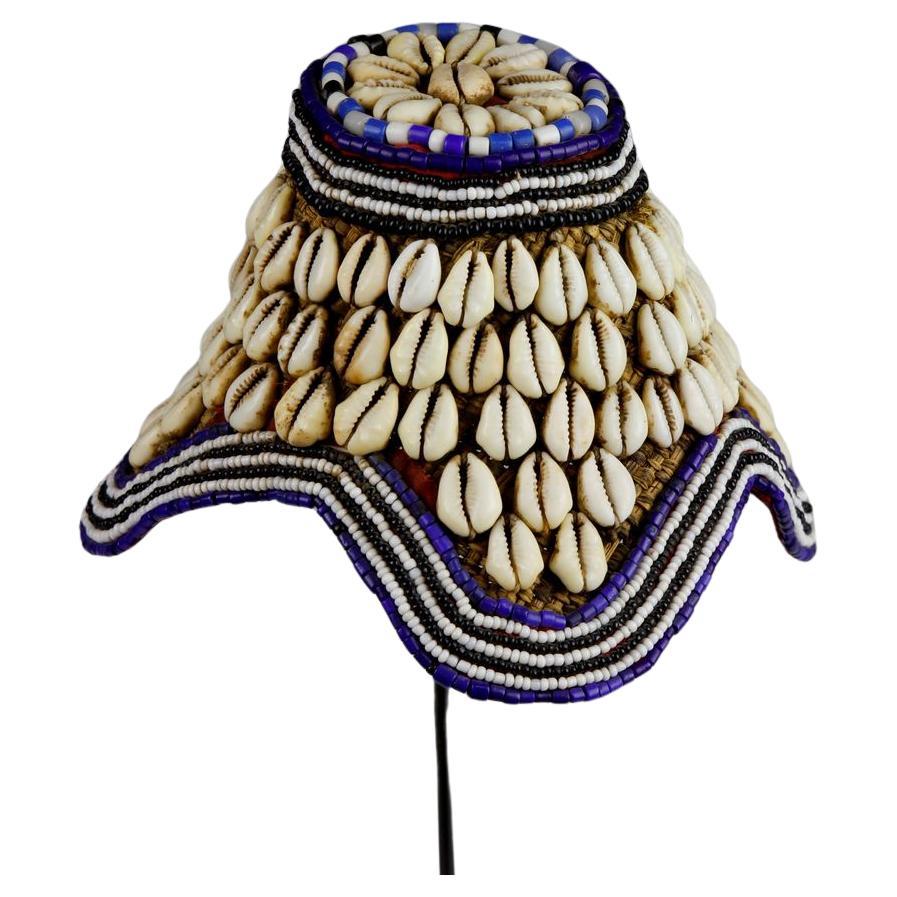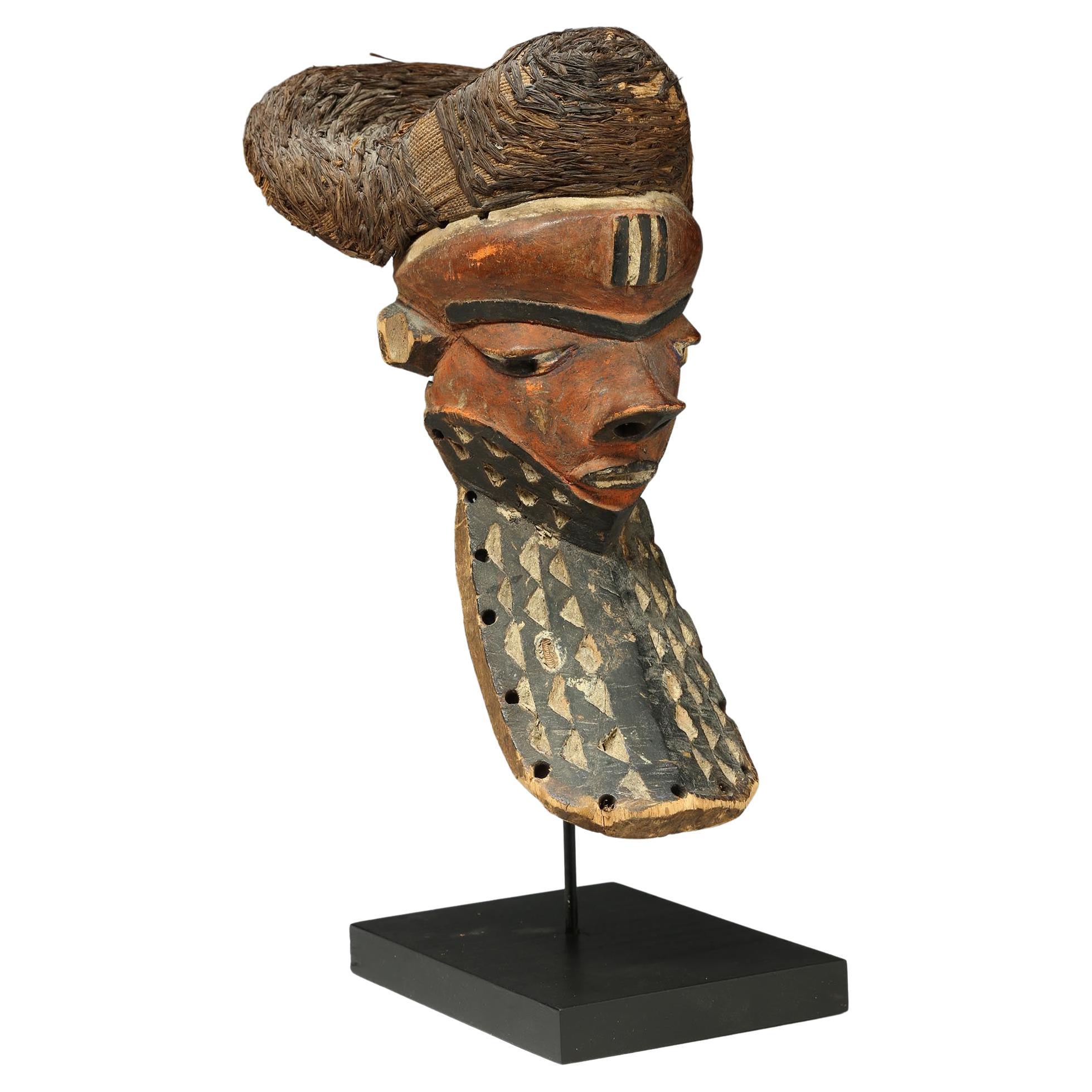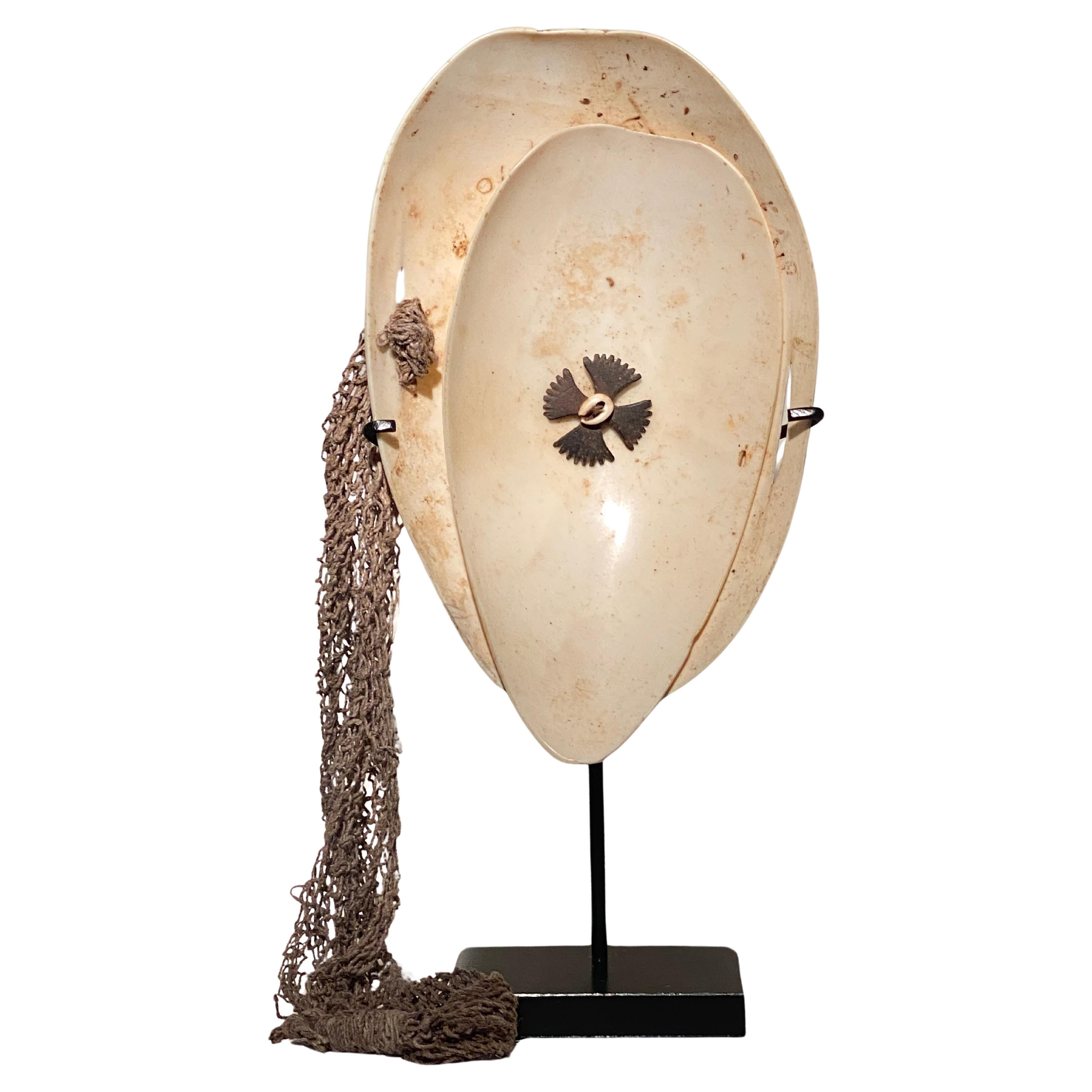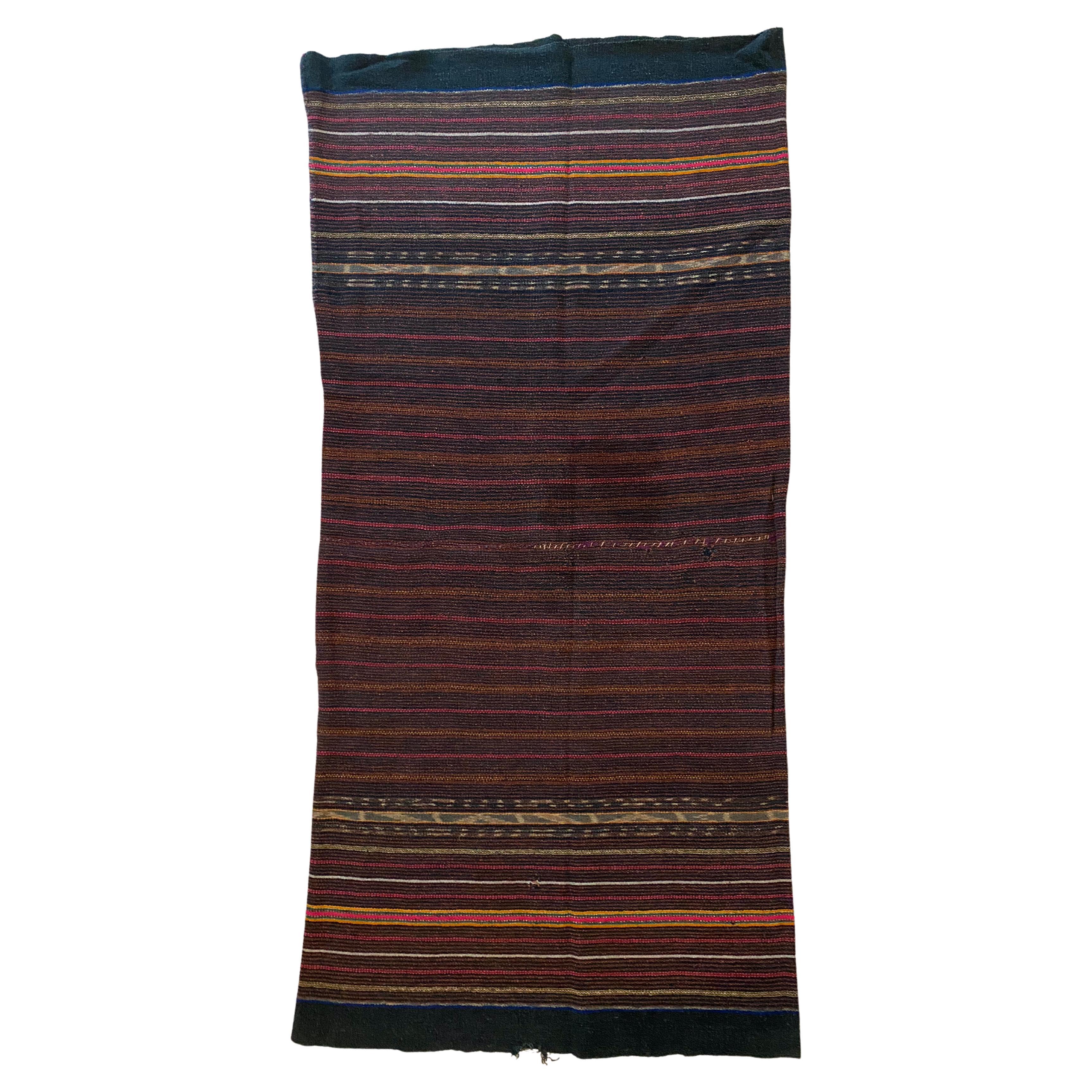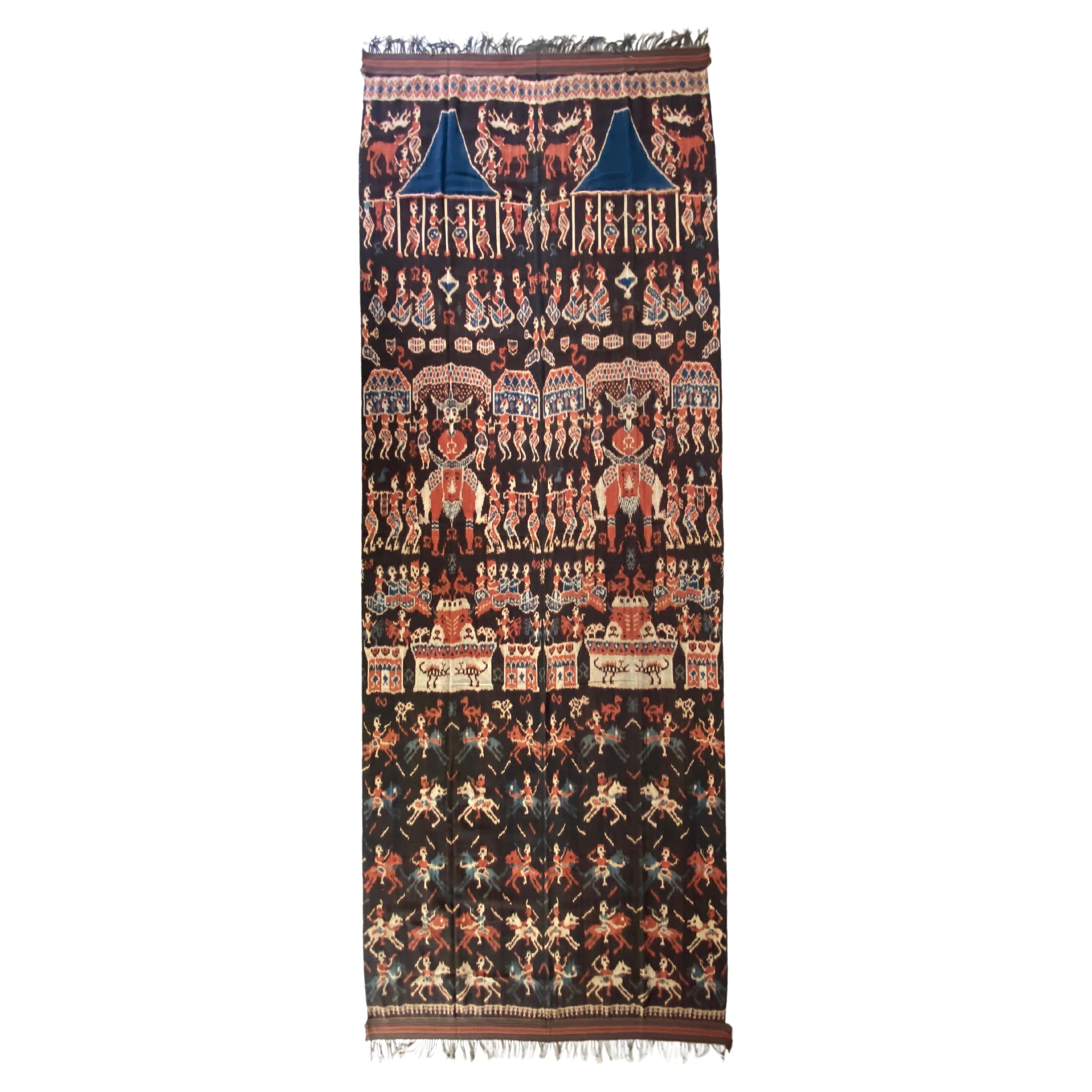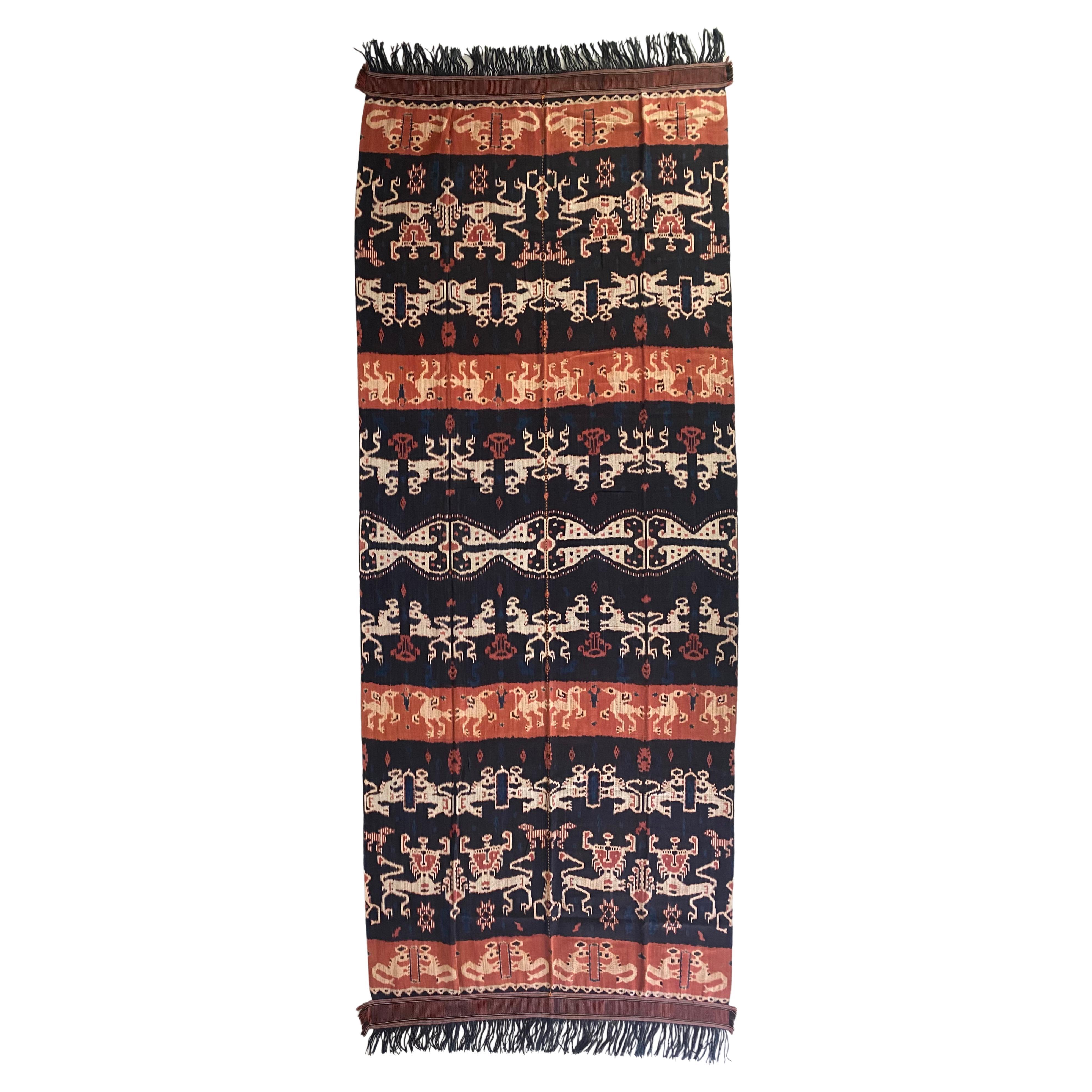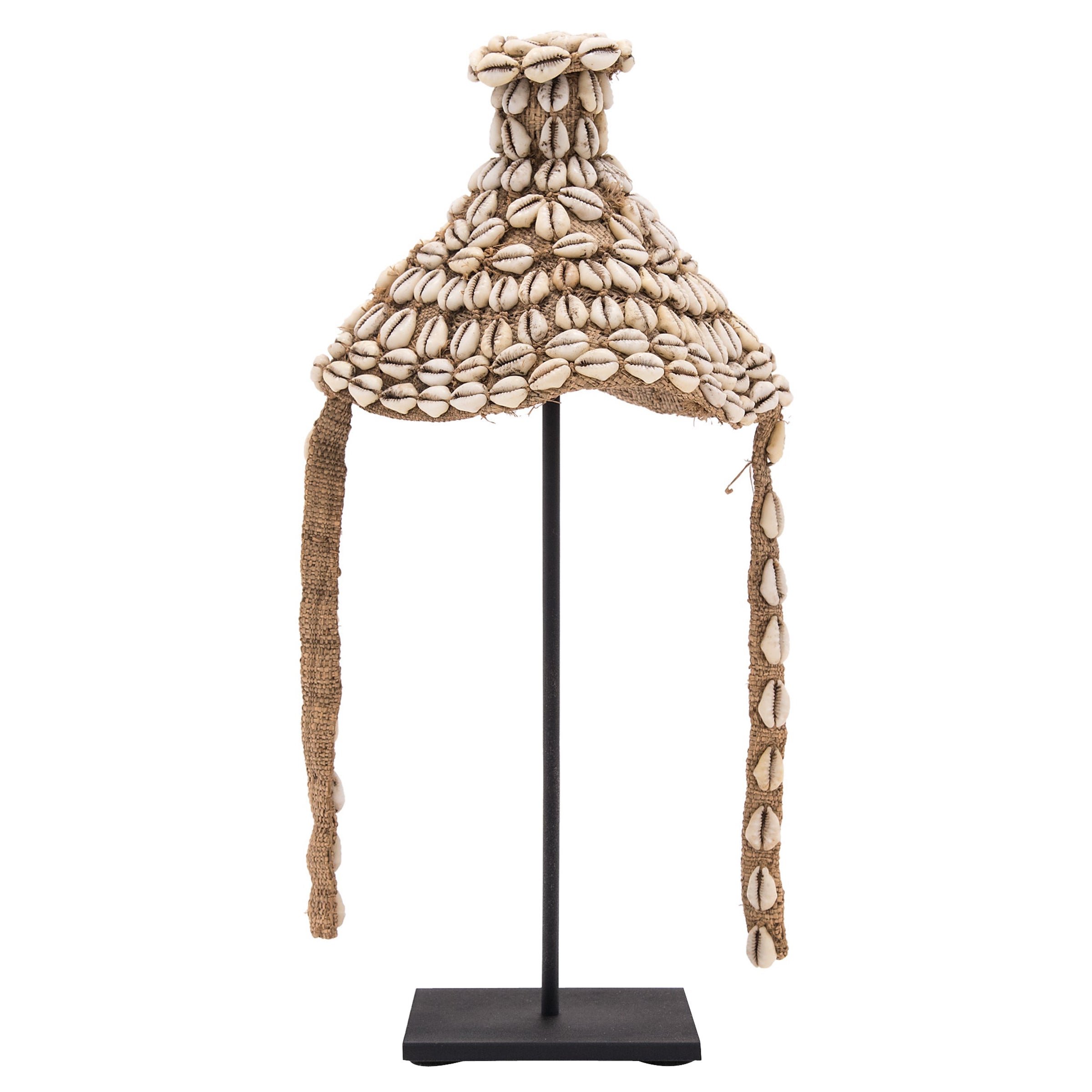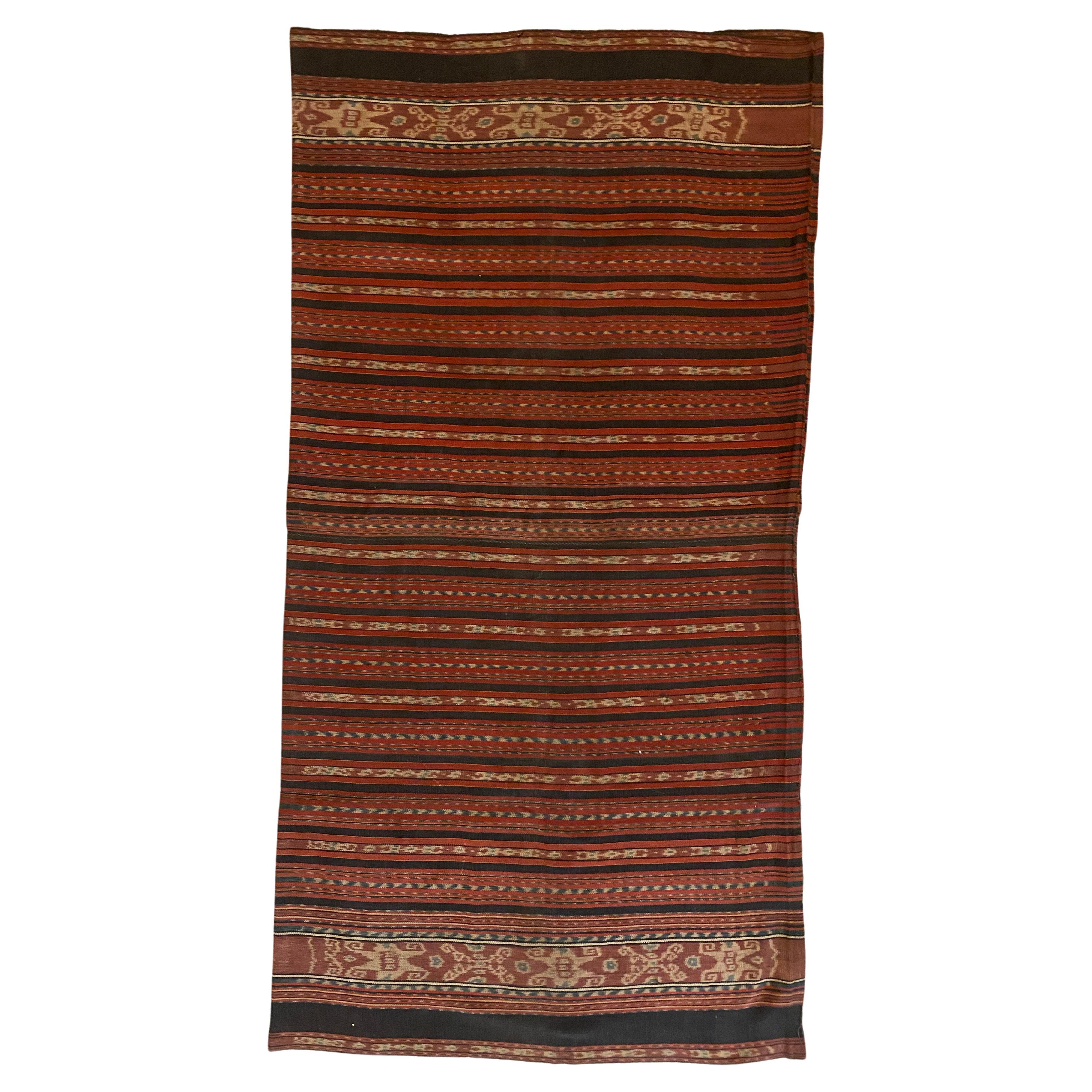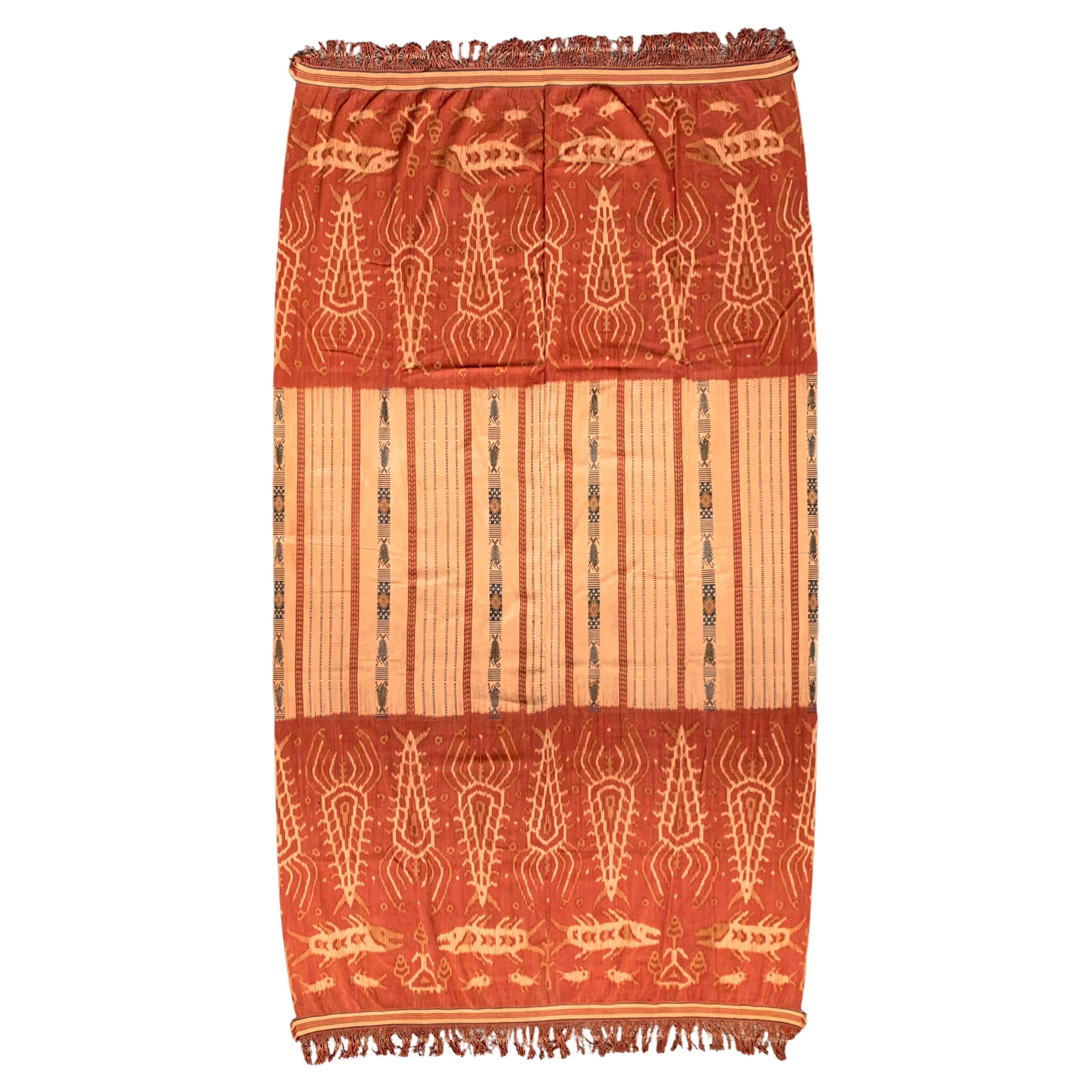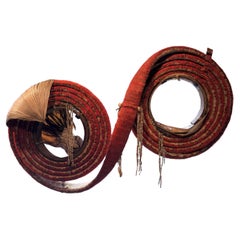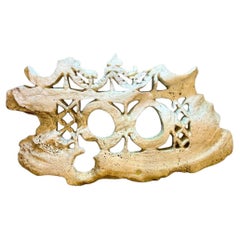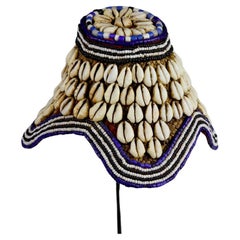
Fine Old Solomon Islands Cap Cap Ornament
View Similar Items
1 of 4
Fine Old Solomon Islands Cap Cap Ornament
About the Item
- Dimensions:Height: 5.91 in (15 cm)Width: 5.91 in (15 cm)Depth: 0.4 in (1 cm)
- Materials and Techniques:
- Place of Origin:
- Period:
- Date of Manufacture:19th Century
- Condition:Wear consistent with age and use.
- Seller Location:London, GB
- Reference Number:1stDibs: LU3650312048023
Authenticity Guarantee
In the unlikely event there’s an issue with an item’s authenticity, contact us within 1 year for a full refund. DetailsMoney-Back Guarantee
If your item is not as described, is damaged in transit, or does not arrive, contact us within 7 days for a full refund. Details24-Hour Cancellation
You have a 24-hour grace period in which to reconsider your purchase, with no questions asked.Vetted Professional Sellers
Our world-class sellers must adhere to strict standards for service and quality, maintaining the integrity of our listings.Price-Match Guarantee
If you find that a seller listed the same item for a lower price elsewhere, we’ll match it.Trusted Global Delivery
Our best-in-class carrier network provides specialized shipping options worldwide, including custom delivery.You May Also Like
A Solomon Islands red feather money coil or 'Tevau'
Located in Amsterdam, NL
Santa Cruz, Nendö, late 19th/early 20th century
Retaining an original leaf in which these coils were wrapped.
L. 72 cm (stretched out)
Diam. 34 cm (roll)
One of the most remarkabl...
Category
Antique Late 19th Century Solomon Islands Tribal Art
Materials
Feathers
Shell Plaque (Barava) from Solomon Islands, 19th Century
Located in NICE, FR
Objects crafted from the shell of the giant Tridacna clam, also known as the fossilized giant clam, held great value among numerous Melanesian peoples. The artistry of working with f...
Category
Antique 19th Century Solomon Islands Tribal Tribal Art
Materials
Shell
Solomon Islands Santa Cruz Hand Carved Conical Head "Duka" Figure, 1930s
Located in South Burlington, VT
Originally collected in the Solomon Islands in 1938, this one of a kind treasure from the south pacific comes from a private oceanic collection.
This is a Solomon Islands Santa Cruz hand carved figure called a Duka, circa 1930s.
It was carved in an extremely hard native wood and features a finely carved, unusual extended conical head, a handwoven loin cloth and turmeric encrustation. For your convenience, many of our photographs were taken in natural day light which accurately illuminate surface areas depicting original dark patina that you would expect from an important early carving such as this one. We will include a complimentary custom wood display base that you see photographed.
Dimensions: 21.25 inches high
Provenance: collected in l938 and originally acquired by a visiting French collecting tourist in the Solomon Islands then to dealer and Texas collector and to our private collection in year 2000 so could have been a specially crafted fine 1930s tourist sculpture piece for the visiting French tourist.
History:
Duka sculpture from Nendo Island, politically part of the Solomon Islands, is distinctive, and only a limited number of works have been documented. The conical extension at the back of the head represents a man's hairstyle. Called abe, its construction and shape was a symbol of wealth and high social status, and for older men, it also served the practical purpose of covering bald spots. All Nendo figure refer to deities or supernatural beings (Ellis: 2009, pp. 78-85)
Auction sale: Bonhams Auctions April 28, 2015 sale. Exceptional Lime Container...
Category
Early 20th Century Solomon Islands Tribal Tribal Art
Materials
Tapestry, Wood
$7,600 Sale Price
49% Off
Fine Early Prestige Kuba Chieftain's Cap (Laket Mishiing)
Located in London, GB
Traditionally worn as a symbol of rank and title, this beautiful Kuba chieftain's cap (laket mishiing) is embellished with cowrie shells and rows of blue, white and black glass beads. The body of the hat has been fashioned from raffia fibre using the woven basketry technique, and displays the typical form of the Kuba 'laket' cap, with four scallop-shaped 'ears'. When worn, one of the 'ears' would have been squarely positioned at the front of the wearer's forehead.
Given to Kuba men upon completion of an initiation rite, small dome-shaped raffia hats signalled their transformation into mature members of Kuba society. As a Kuba man moved up the social ladder, his headgear would change, with male titleholders commissioning local artisans to produce splendidly decorated prestige hats to signal his rank. The accumulation of materials on a Kuba man’s hat...
Category
Mid-20th Century Congolese Tribal Tribal Art
Materials
Shell, Natural Fiber, Beads
Old Pende giwoyo Red Mask with Beard and Woven Raffia Hair Cap Congo Africa
Located in Point Richmond, CA
Old Pende giwoyo mask with red pigments, black and white beard with carved triangles and woven black raffia hair cap
The mask is 13 1/4 inches high, on custom...
Category
Mid-20th Century Congolese Tribal Tribal Art
Materials
Organic Material, Wood
Kuba Beaded Laket Prestige Cap
By Kuba
Located in Chicago, IL
This petite cone-shaped cap, known as laket, was created by an artisan of the Kuba peoples of the Democratic Republic of the Congo. The base is made of a simple woven raffia fabric, ...
Category
Mid-20th Century Congolese Tribal Mounted Objects
Materials
Shell, Fabric
